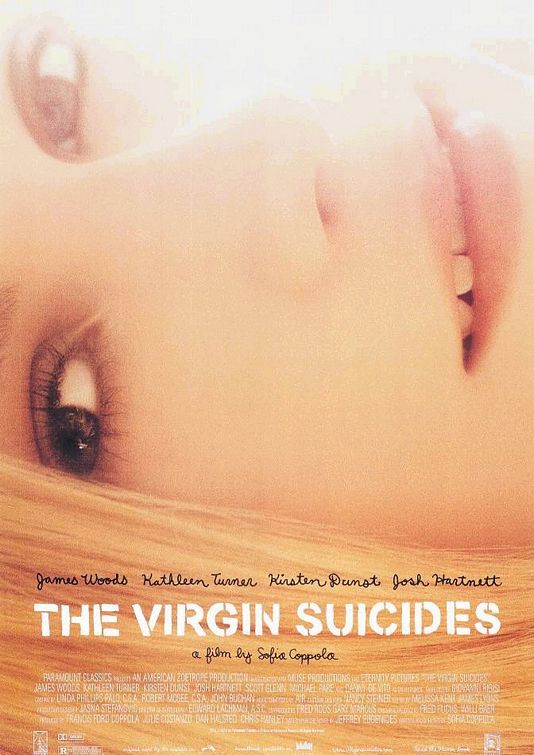Influenced by urban scenery, spontaneity, and modernity, Frank O'Hara paves the way for the New York philosophy with one of my favorite poems, "Steps." He begins by addressing a personified New York, for it is funny today "like Ginger Rogers in Swingtime." O'Hara's comparison of New York in the moment is representative of his whole philosophy of poetry writing: that poetry should be written on whim and not taken too seriously.
Ever the observer of urban life, he continues to muse upon the scenery that he encounters on the city streets. Lana Turner is out eating somewhere; the park is full of dancers; Pittsburgh baseball fans are cheering because their team is winning. After this description, O'Hara seems to get to the heart of the poem, "in a sense we're all winning / we're alive." This is a New York School and particularly O'Hara-istic purpose of poetry: to celebrate life and its pleasures.
Even as O'Hara details the terrors of city life, "even the stabbings are helping the population explosion," in the wrong country and noticing the corruption of government with the "liars at the UN," he is never one to dwell on these things; he doesn't need liquor. He just likes it. This celebration of the ordinary day is taken to even further depths as he celebrates spending the morning with his lover. He is content with coffee, cigarettes, and love.
Ever the observer of urban life, he continues to muse upon the scenery that he encounters on the city streets. Lana Turner is out eating somewhere; the park is full of dancers; Pittsburgh baseball fans are cheering because their team is winning. After this description, O'Hara seems to get to the heart of the poem, "in a sense we're all winning / we're alive." This is a New York School and particularly O'Hara-istic purpose of poetry: to celebrate life and its pleasures.
Even as O'Hara details the terrors of city life, "even the stabbings are helping the population explosion," in the wrong country and noticing the corruption of government with the "liars at the UN," he is never one to dwell on these things; he doesn't need liquor. He just likes it. This celebration of the ordinary day is taken to even further depths as he celebrates spending the morning with his lover. He is content with coffee, cigarettes, and love.






